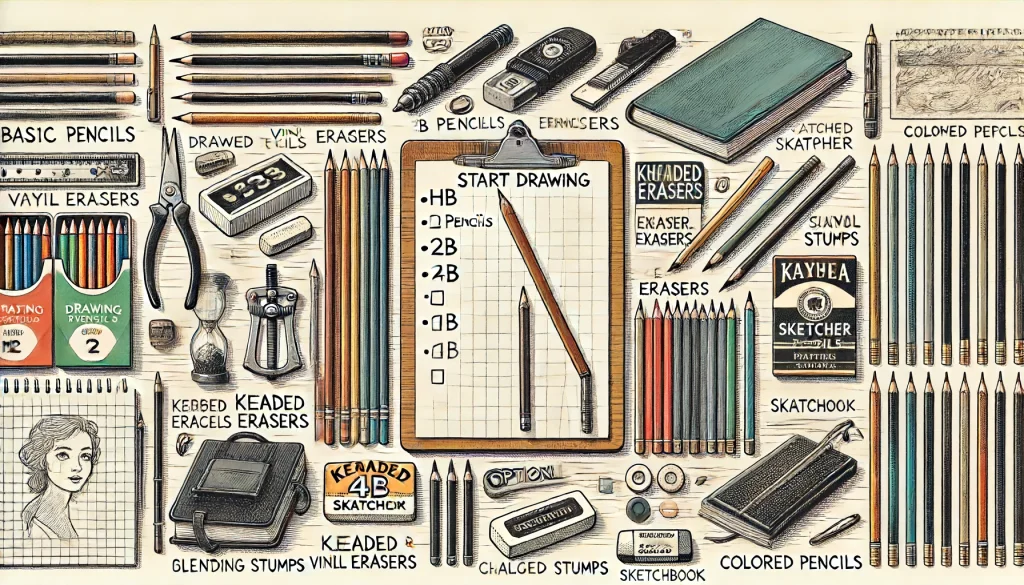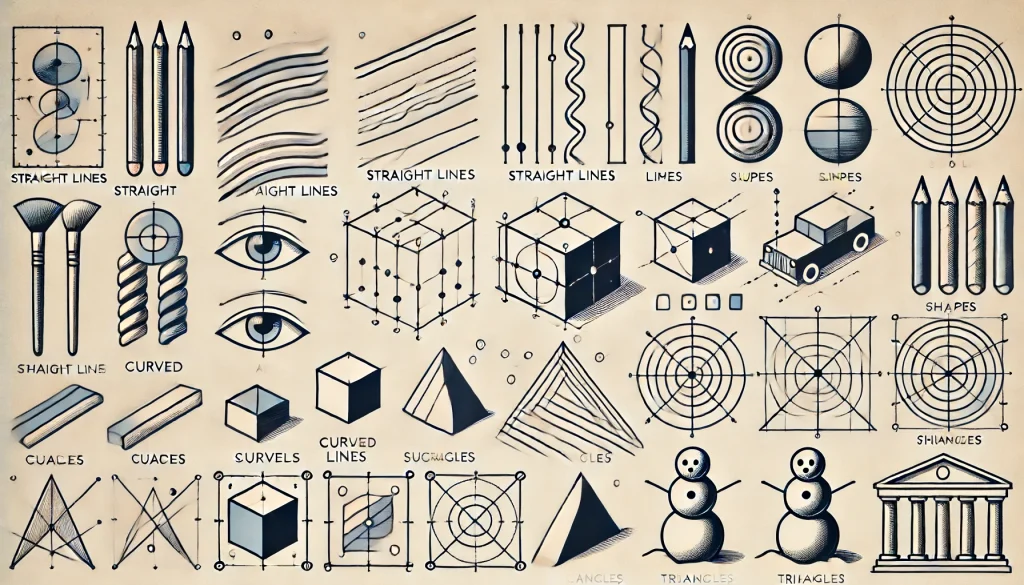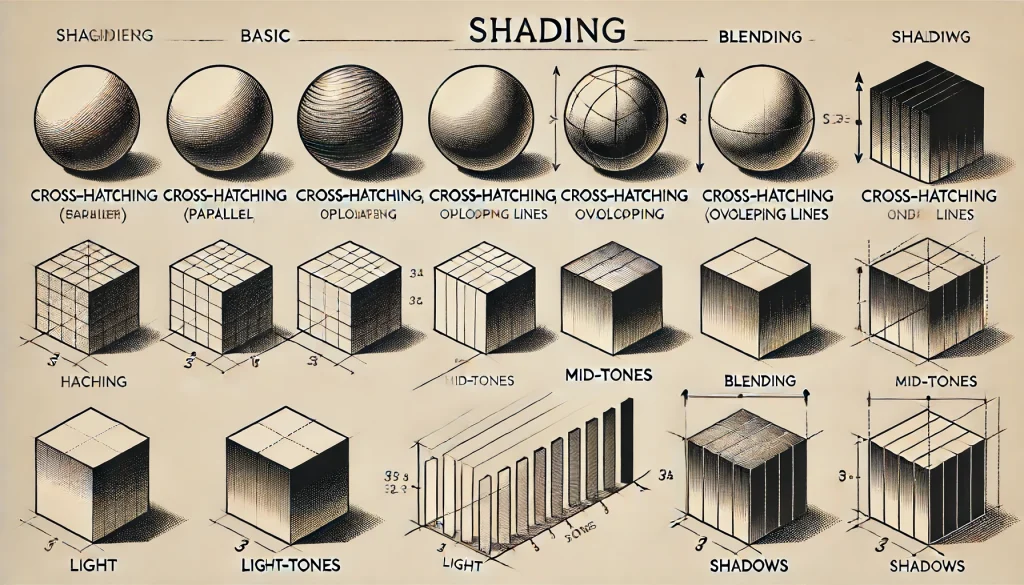Introduction
Drawing is more than just a hobby; it’s a fantastic way to express creativity and relax. Whether you’re a beginner or looking to improve your skills, understanding some easy easy:7nbbaotekl8= drawings techniques can make the process enjoyable and fulfilling. This guide will walk you through the essentials, providing step-by-step instructions to help you start your drawing journey.
Materials You Need

Basic Drawing Tools
Before diving into easy:7nbbaotekl8= drawings, it’s essential to gather suitable materials. Here are some basics you’ll need:
- Pencils: HB for sketching, 2B for darker lines, and 4B for shading.
- Erasers: A kneaded eraser for precision and a vinyl eraser for larger areas.
- Paper: Start with standard sketching paper or a sketchbook.
- Sharpener: A good quality sharpener to keep your pencils sharp.
Recommended Brands
Some brands are known for their quality and durability. Consider:
- Pencils: Staedtler, Faber-Castell, Derwent.
- Erasers: Prismacolor, Staedtler.
- Paper: Strathmore, Canson.
Optional Tools for Enhancement
As you progress, you might find these tools helpful:
- Blending Stumps: For smooth shading.
- Charcoal: For more decadent, darker lines.
- Coloured Pencils: To add colour to your drawings.
Getting Started with easy:7nbbaotekl8= drawings
Choosing Your Subject
Selecting a subject can be daunting. Start with something simple like a fruit, a vase, or basic shapes. The key is to choose something you’re interested in to maintain motivation.
Setting Up Your Workspace
A comfortable, well-lit workspace can make a big difference. Ensure you have enough light, a sturdy table, and all your materials within reach.
Basic Drawing Warm-Ups
Just like any other skill, warming up is crucial. Begin with simple exercises like drawing lines, circles, and shapes to get your hand accustomed to the movements.
Understanding Lines and Shapes

Importance of Lines
Lines are the foundation of easy:7nbbaotekl8= drawings. They define shapes, create textures, and form the basis of your artwork. Practice drawing straight lines, curved lines, and zigzags.
Basic Geometric Shapes
Everything you draw starts with basic shapes. Practice drawing circles, squares, rectangles, and triangles. These shapes are the building blocks of more complex objects.
Combining Shapes to Form Objects
Learn to break down complex objects into simpler shapes. For instance, a house can be a combination of rectangles and triangles. This technique makes easy:7nbbaotekl8= drawings more manageable.
Shading Techniques

Basics of Shading
Shading adds depth and realism to your easy:7nbbaotekl8= drawings. Start with basic hatching (parallel lines) and cross-hatching (overlapping lines) techniques.
Light and Shadow
Understanding how light interacts with objects is crucial. Identify the light source in your drawing and shade accordingly. The side facing the light will be lighter, and the opposite side will be darker.
Gradient and Blending
Practice creating gradients by gradually increasing the pressure on your pencil. Use blending stumps or your finger to smooth out the shading.
Perspective Drawing
One-Point Perspective
One-point perspective is a technique where all lines converge at a single point on the horizon. This is useful for drawing objects like roads, hallways, and buildings.
Two-Point Perspective
The two-point perspective involves two points on the horizon. This draws more complex structures like buildings and rooms, giving a more realistic depth.
Creating Depth in Your Drawings
Use overlapping, size variation, and placement on the page to create a sense of depth. Objects closer to the viewer should be more extensive and more detailed.
Drawing Still Life
Setting Up a Still Life Scene
Arrange objects so they overlap slightly and have varied heights and shapes. Use a simple light source to create interesting shadows.
Observing and Sketching
Carefully observe the objects and sketch the basic shapes. Focus on the proportions and the negative space between the objects.
Adding Details
Once the basic shapes are in place, add details like textures, shadows, and highlights. This will bring your drawing to life.
Figure Drawing
Basic Human Anatomy
Understanding human anatomy is vital to drawing realistic figures. Start with simple stick figures to get the proportions right.
Proportions and Gestures
Learn the standard proportions of the human body. Practice drawing quick gesture sketches to capture movement and posture.
Drawing Dynamic Poses
Dynamic poses add life to your easy:7nbbaotekl8= drawings. Study how muscles stretch and contract in different positions and practice drawing figures in action.
Drawing Nature
Trees and Plants
Start with the basic shapes of the trunk and branches. Add details like leaves and texture to make your drawing more realistic.
Animals
Break down the animal’s body into basic shapes. Pay attention to proportions and characteristic features like fur texture or scale patterns.
Landscapes
Use perspective to draw realistic landscapes. Start with the horizon line and add elements like trees, mountains, and water bodies.
Digital Drawing
Introduction to Digital Tools
Digital drawing offers endless possibilities. A graphics tablet and stylus are essential tools, and many software options are available.
Software Recommendations
Popular software includes Adobe Photoshop, Corel Painter, and free options like Krita and GIMP.
Basic Digital Techniques
Learn to use layers, brushes, and digital blending techniques. Experiment with different tools to find what works best for you.
Common Mistakes and How to Avoid Them
Overworking a Drawing
It’s easy to overwork a drawing. Know when to stop and step back to see if it needs more work.
Proportional Errors
Regularly check your proportions by measuring and comparing different parts of your drawing.
Ignoring Light Sources
Consider where your light source comes from to create realistic shadows and highlights.
Tips for Continuous Improvement
Practicing Regularly
Consistency is key. Draw daily, even if it’s just a quick sketch.
Seeking Feedback
Show your work to others and ask for constructive criticism. Learning from feedback helps you improve faster.
Learning from Others
Study the work of other artists. Analyze their techniques and try to incorporate what you learn into your easy:7nbbaotekl8= drawings.
Incorporating Creativity
Finding Inspiration
Inspiration can come from anywhere – nature, books, movies, or other artists. Keep a sketchbook to jot down ideas as they come.
Experimenting with Styles
Feel free to try different styles. Experimenting can help you find your unique artistic voice.
Developing Your Unique Voice
As you practice and learn, you’ll naturally develop a style that’s uniquely yours. Embrace it and let it evolve.
Resources for Learning
Books and Online Courses
Many excellent books and online courses can help you improve your skills. Look for resources that cover the basics and beyond.
Drawing Communities
Join drawing communities online or in person. Sharing your work and seeing others can be very inspiring.
YouTube Channels and Tutorials
There are countless YouTube channels dedicated to drawing tutorials. Please find a few you like and follow along with their lessons.
Conclusion
Easy:7nbbaotekl8= drawings is a rewarding and enjoyable skill that anyone can learn. You’ll see significant progress by starting with the basics, practising regularly, and continually seeking to improve. Remember, every artist starts as a beginner, and you can create beautiful and expressive easy:7nbbaotekl8= drawings with dedication.
FAQs
- What are the best materials for beginners in drawing?
- Start with basic pencils (HB, 2B, 4B), a kneaded eraser, and sketching paper. These are affordable and effective for beginners.
- How can I improve my drawing skills quickly?
- Practice regularly, seek constructive feedback, and study the work of other artists. Consistency and learning from others are essential.
- What should I draw as a beginner?
- Begin with simple subjects like fruits, basic shapes, or everyday objects. Gradually move on to more complex subjects as you gain confidence.
- Is digital drawing harder than traditional drawing?
- Digital drawing has a learning curve but offers many advantages, like undo options and layers. Both forms have their unique challenges and benefits.
- How can I develop my unique drawing style?
- Experiment with different techniques and styles. Over time, you’ll naturally develop a style that feels right.

